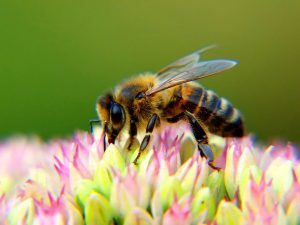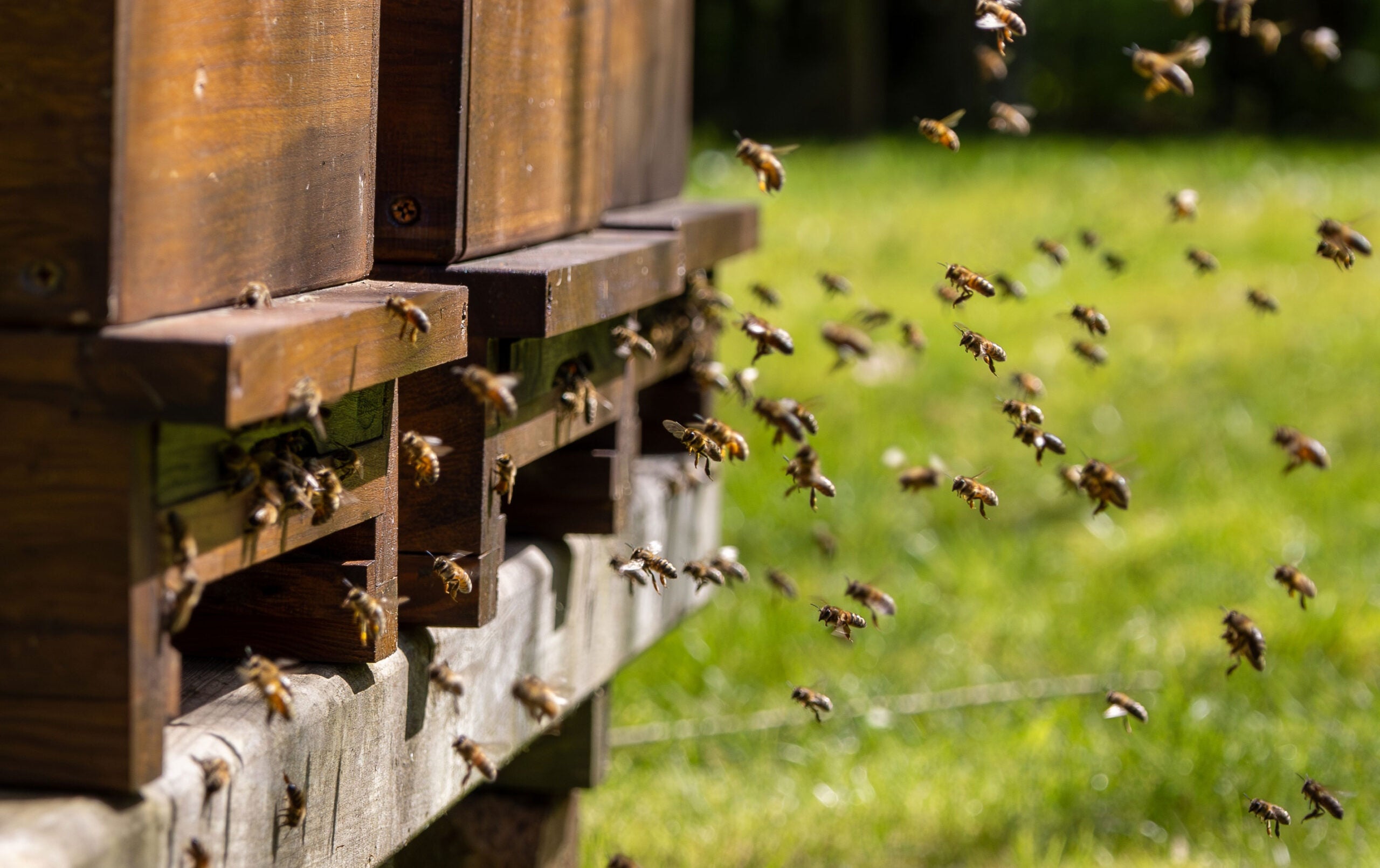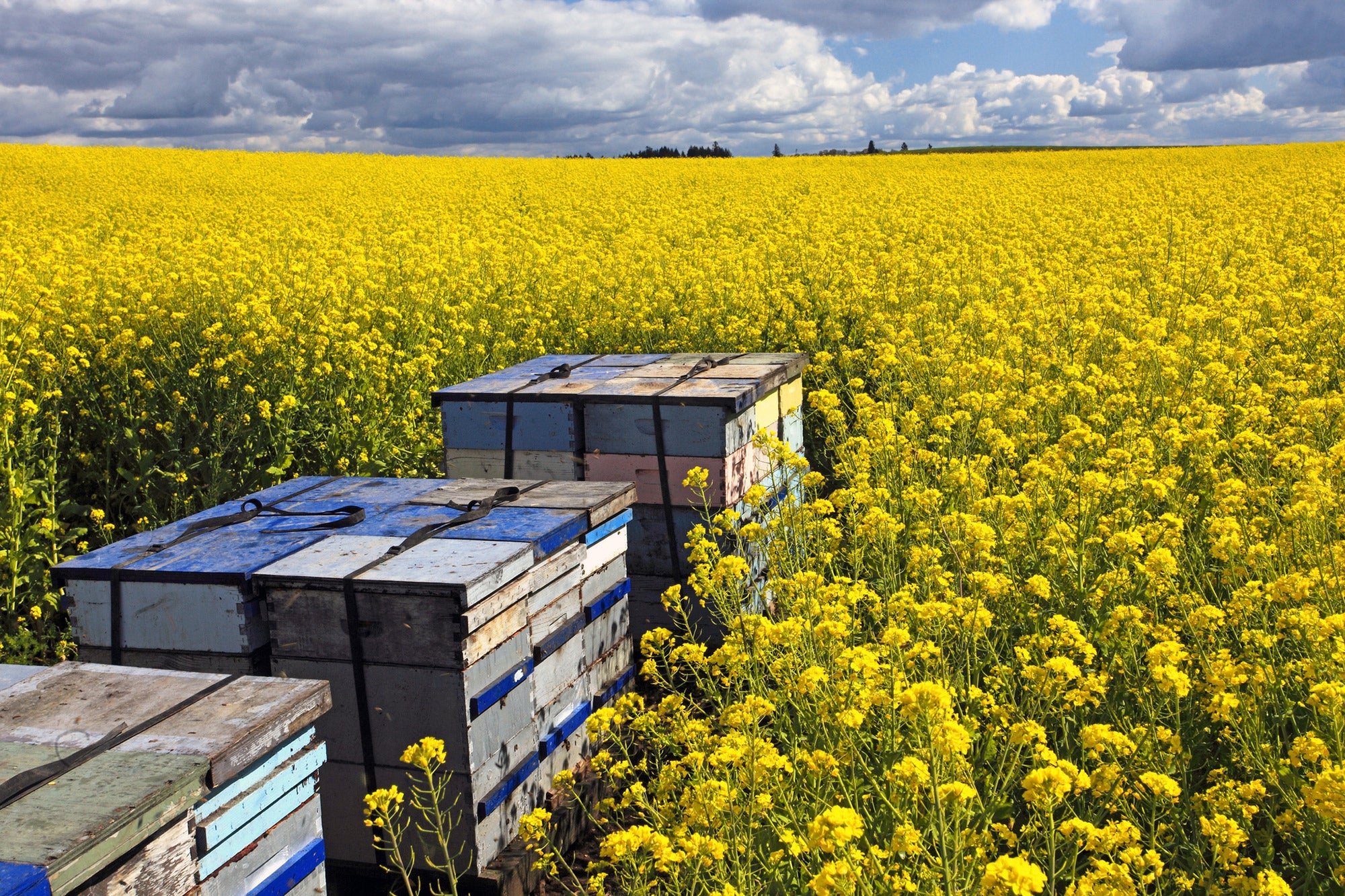
When it comes to building smart machines, engineers often turn to the human brain for inspiration. But a recent study published in eLife suggests we might do just as well by looking at the compound eyes of the humble honeybee.
Relatively speaking, bees have minuscule brains. But they still manage to perform incredibly elegant navigation, pattern recognition, and decision-making processes. One of their most impressive tricks? Recognizing symmetrical patterns and spatial relationships in flowers, a key part of their unmatched foraging behavior … and a capability highly prized for the enhancement of artificial intelligence (AI).
A research team from the United Kingdom developed a neuromorphic model of bee vision, focusing on the visual processing area in the insect brain. By simulating the bee’s spatiotemporal encoding (the way neurons respond not just to spatial patterns but also to how those patterns move across time) they created a system capable of mimicking how bees identify and discriminate between different visual cues.

Using a combination of behavioral experiments and biologically-inspired computer modeling, the team re-created how bees explore their environment visually. They found that this scanning behavior, paired with specific encoding strategies in the visual neurons, allowed bees to compress visual data into efficient representations. This means that bees can recognize a flower not by memorizing every pixel, but by distilling it down to its most informative features.
This bee-inspired pattern recognition was replicated using AI architecture that mimics the timing of real neuronal firing. The result? A resource efficient visual recognition system that could identify patterns with a high degree of accuracy, without the need for complex computational resources.
These findings are massive because while current deep learning AI systems are powerful, they are computationally expensive and often brittle when faced with novel stimuli. In contrast, bees use minimal energy to achieve robust recognition across varying, adaptable conditions.
By borrowing concepts from this insect neurobiology, engineers could theoretically design future AI systems that are faster, more energy-efficient, and more adaptable. This could be especially useful for autonomous drones, micro-robots, and low-power vision systems where resources are limited.

Moreover, this work highlights the power of active perception: Instead of passively absorbing data, intelligent systems (biological or artificial) may benefit from strategically interacting with their environment to extract meaning.
Nature has spent millions of years refining vision systems for organisms with severe resource constraints. This study is a reminder that intelligent behavior doesn’t require a massive brain — it just needs the right strategy. As we design the next generation of AI, looking to the smallest creatures among us may prove invaluable.
From hive to hardware, our honeybee friends may hold the blueprint for smarter, leaner machines.
Leah Elson is an American scientist, author, and public science communicator. She has two pit bulls and sixty-eight houseplants.
The post Honeybees and the blueprint for AI development in agriculture appeared first on AGDAILY.
from AGDAILY https://ift.tt/4awQg1n

Comments
Post a Comment